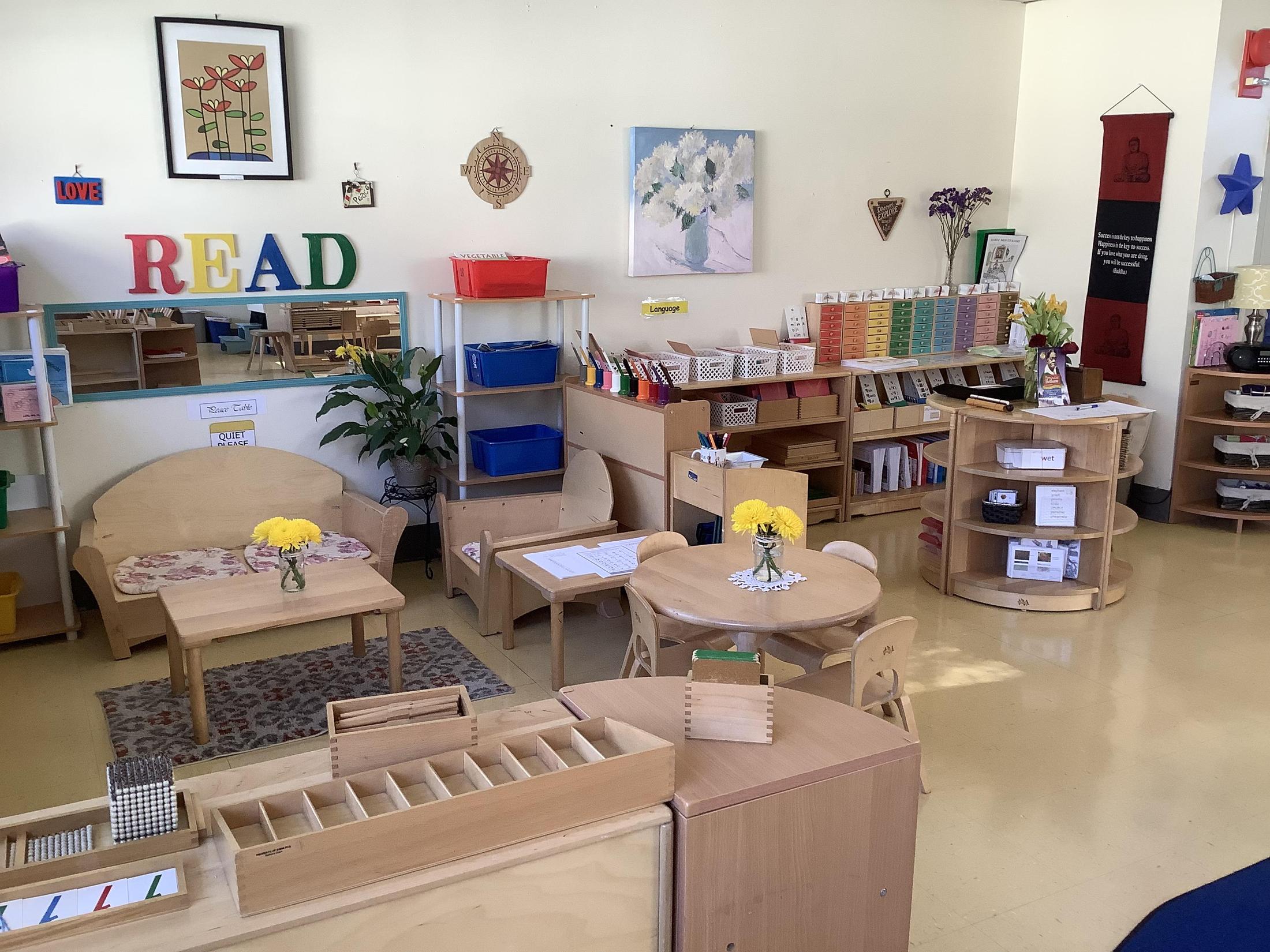
Montessori Flow: Optimizing Classroom Layout for Learning
Design Philosophy of Montessori Classroom Layout
The Montessori approach to education places great emphasis on the environment’s role in shaping learning experiences. The classroom layout is not just about aesthetics but is intricately tied to the Montessori philosophy, promoting independence, exploration, and a love for learning.
A Prepared Environment for Independent Exploration
Central to Montessori classroom layout is the concept of a prepared environment. This term encapsulates the intentional design of the classroom to foster independent exploration. Furniture, materials, and even décor are meticulously chosen to create an environment that encourages self-directed learning.
The Importance of Accessibility and Order
In a Montessori classroom, everything has its place. The layout prioritizes accessibility and order, with materials arranged on low, open shelves to allow children easy access. This orderliness not only supports the development of organizational skills but also enables children to take responsibility for maintaining their environment.
Utilizing Natural Light and Open Spaces
Montessori classrooms are often bathed in natural light, creating a warm and inviting atmosphere. The use of large windows and open spaces contributes to the sense of freedom and exploration. Natural light is not only aesthetically pleasing but also positively impacts the well-being and focus of the learners.
Child-Sized Furniture for Comfort and Autonomy
Furniture in a Montessori classroom is designed with the child’s perspective in mind. Child-sized tables and chairs promote comfort and autonomy, empowering children to choose their workspaces. This deliberate choice emphasizes the idea that the classroom is a space tailored to the needs of the child.
Materials Arrangement for Purposeful Work
Montessori materials are carefully curated and presented in a specific order. Each material serves a purpose in the developmental sequence, and the layout encourages purposeful work. The progression of materials is designed to build on foundational skills, fostering a seamless and holistic learning experience.
Zones and Workstations for Specialized Learning
Montessori classroom layouts incorporate distinct zones or workstations for various subjects and activities. Practical life, sensorial, language, and math areas are seamlessly integrated. This zoning allows children to move freely between activities, choosing areas of interest and engaging in specialized learning experiences.
Flexibility to Cater to Individual Needs
Flexibility is a key component of Montessori classroom design. The layout accommodates individual needs and preferences, allowing for a variety of learning styles. The flexibility in the arrangement of furniture and materials supports the personalized learning journey of each child.
Promoting Collaboration with Group Spaces
While independence is a cornerstone, Montessori classrooms also allocate space for collaborative learning. Group spaces, whether for discussions, projects, or shared activities, promote teamwork and social interaction. The design allows for a balance between individual exploration and collective engagement.
Creating a Harmonious Learning Atmosphere
The overall goal of Montessori classroom layout is to create a harmonious learning atmosphere. The intentional design elements come together to cultivate an environment where children feel comfortable, inspired, and motivated to explore. This positive atmosphere sets the stage for a lifelong love of learning.
Explore Montessori Classroom Layout Principles
For a deeper exploration of Montessori classroom layout principles and insights into creating an optimal learning environment, visit Montessori Classroom Layout. Discover resources, design ideas, and practical tips to enhance the Montessori flow in your educational setting.
In conclusion, the Montessori approach to classroom layout goes beyond aesthetics; it is a deliberate and purposeful design philosophy. By prioritizing accessibility, order, and flexibility, Montessori classrooms become dynamic spaces that nurture independent learners and instill a genuine passion for exploration. Visit www.igaseng.com for a comprehensive guide to Montessori classroom layout principles.


